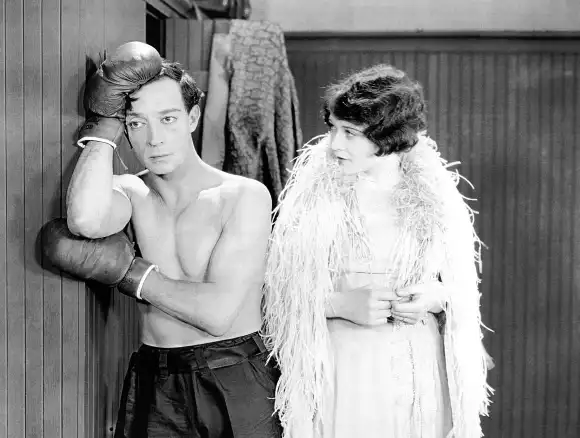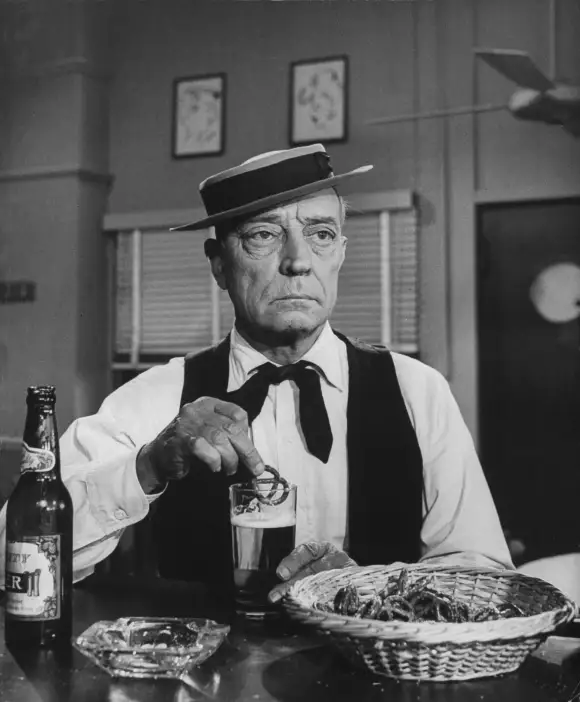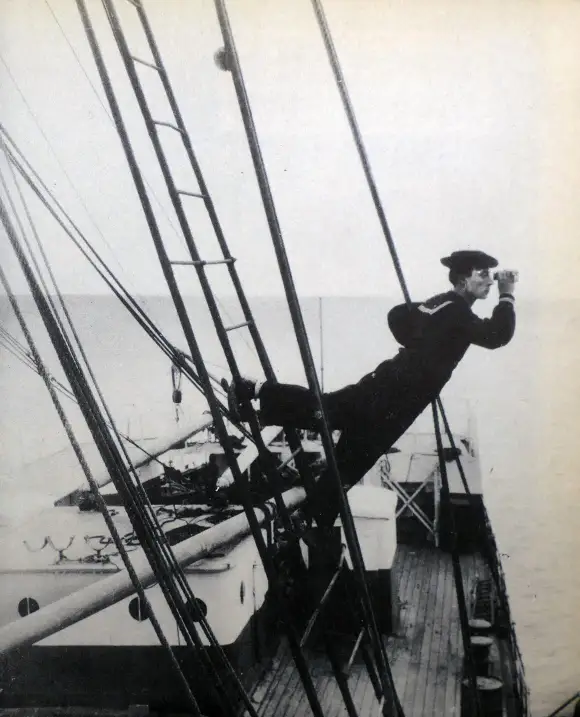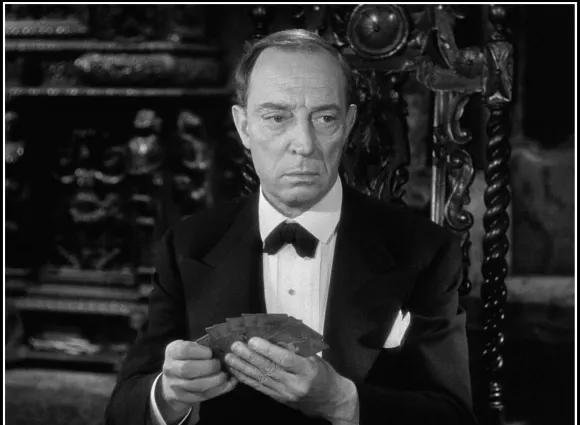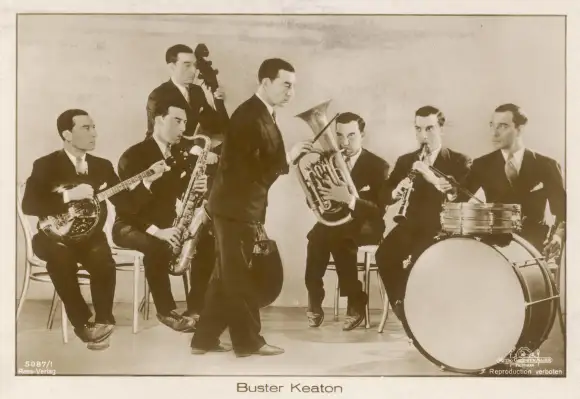Buster Keaton, the silent film legend who could make you laugh with just a glance or a well-timed fall, was not only a master of physical comedy but a true pioneer of cinema. Born Joseph Frank Keaton on October 4, 1895, in Piqua, Kansas, Keaton's story is one of both slapstick and sheer brilliance—though not necessarily in that order.
Retro Blast: Buster Keaton's Iconic Legacy In Movies
Known for his stoic, deadpan expression (which gave him the nickname "The Great Stone Face"), Keaton's ability to make the impossible look easy is what cemented his place in the annals of comedic history.



